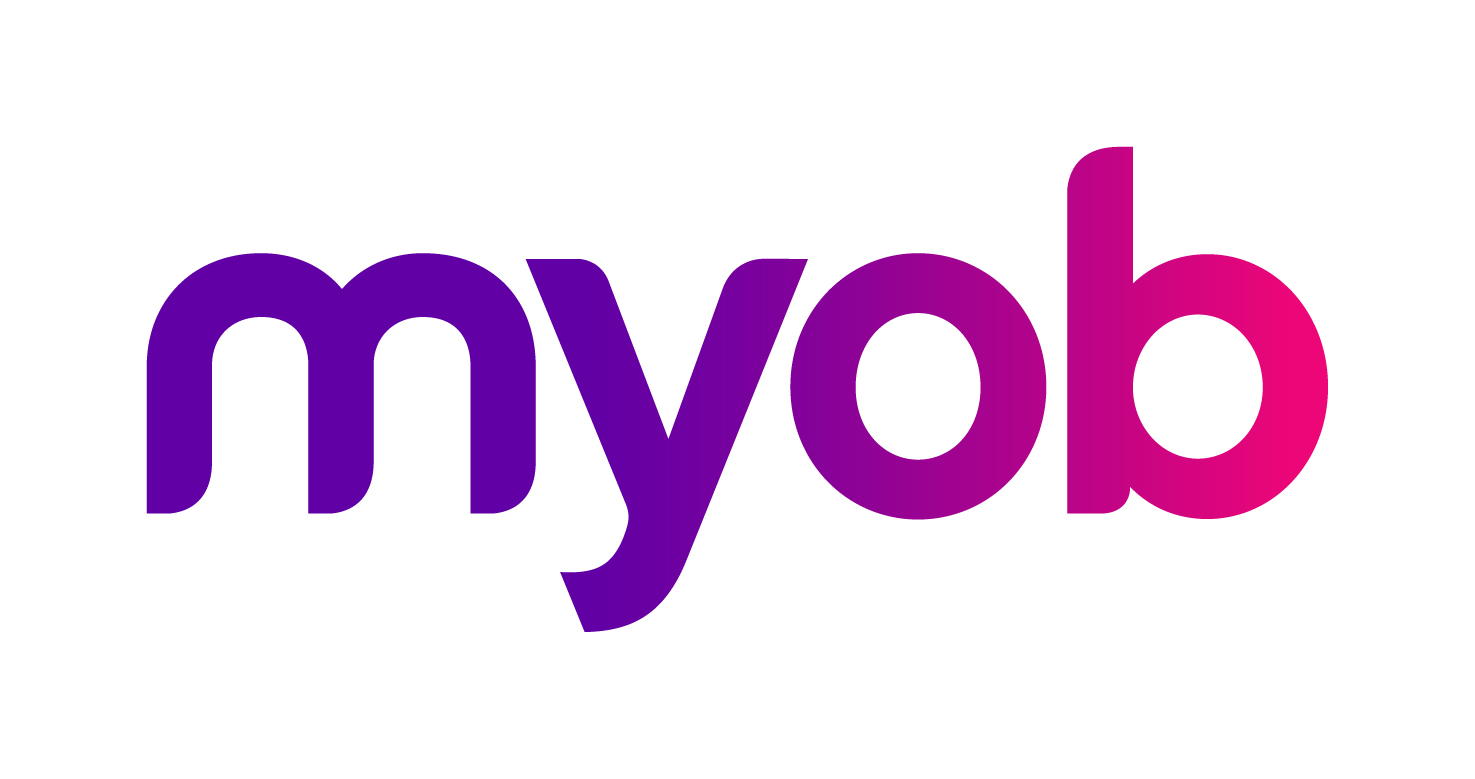Individuals may invest by holding an ownership interest in affordable housing directly or through trusts (other than public unit trusts and superannuation funds), MITs and partnerships
Affordable housing CGT discount applies only to individuals.
To qualify for the additional discount housing must be provided at below-market rent and made available for eligible tenants on low to moderate incomes. Tenant eligibility will be based on household income thresholds and household composition.
A dwelling is used to provide affordable housing if the following conditions are satisfied:
- residential premises — the dwelling is a taxable Australian real property (TARP) and is residential premises that is not commercial residential premises and is tenanted or available to be tenanted;
- property management — the tenancy of the dwelling or its occupancy is exclusively managed by an eligible community housing provider and is let out below the market rate;
- providing affordable housing certification — the eligible community housing provider has given each entity that holds an ownership interest in the dwelling certification that the dwelling was used to provide affordable housing;
- National Rental Affordability Scheme (NRAS) — no entity that has an ownership interest in the dwelling is entitled to receive an NRAS incentive for the NRAS year; and
- Managed investment trust (MIT) membership — if the ownership interest in the dwelling is owned by a MIT the tenant does not have an interest in the MIT that passes the non-portfolio test
The affordable housing must also be managed through a registered community housing provider (CHP) and the investment held as affordable housing for a minimum period of three years (1,095 days) after 1 January 2018. It may be a continuous period or an aggregation of periods totaling three or more years.
CHPs must issue an affordable housing certificate by 31 July to each entity. The certificate must:
- show the ownership interest in an affordable housing dwelling for each entity and
- the number of days it was used for affordable housing during the income year.
CHPs are required to lodge an annual report to the ATO with details of the affordable housing certificates they issued during the income year. The first annual report covering the 2020-21 income year is required to be lodged by 31 July 2021. CHP’s have been exempted from reporting for income years 2018-19 and 2019-20. The additional discount will be pro-rated for periods where the property is not used for affordable housing purposes.
Read more about it on the ATO's website.
